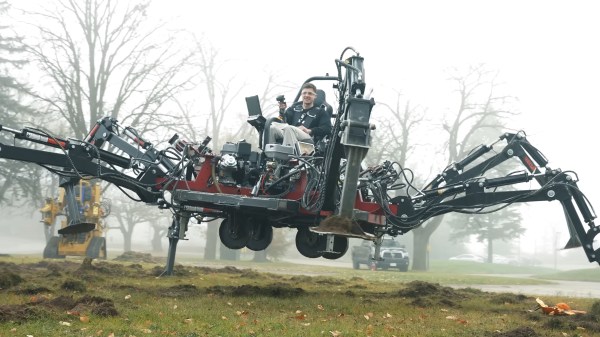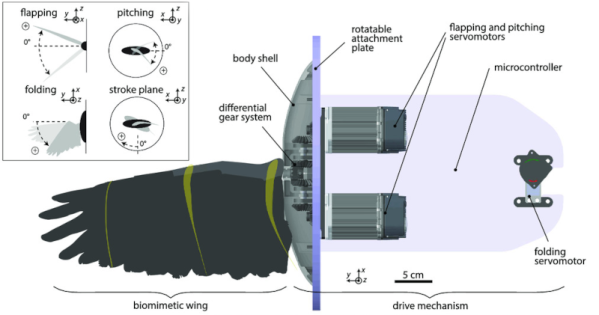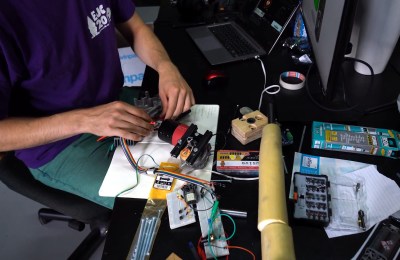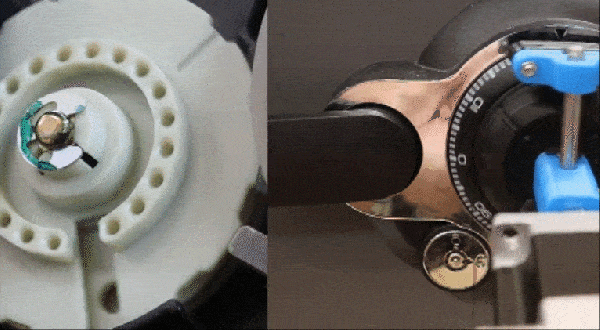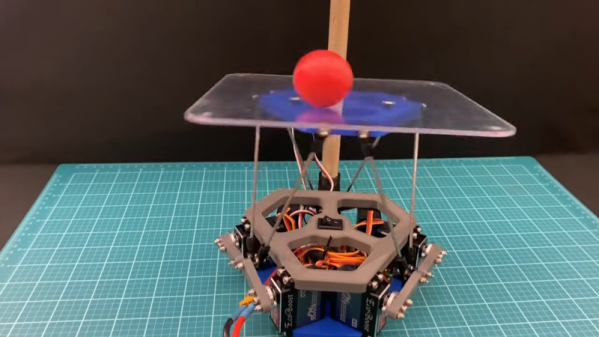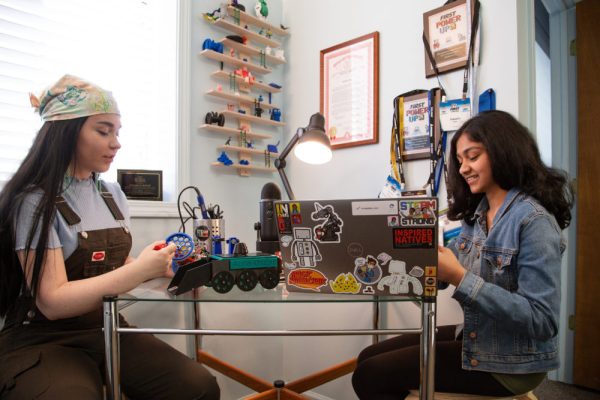Some projects start with a relatively simple idea that quickly turns into a bit of a nightmare when you get to the actual implementation. [Hacksmith Industries] found this to be the case when they decided to build a giant rideable hexapod, Megahex. [YouTube]
After seeing a video of a small excavator that could move itself small distances with its bucket, the team thought they could simply weld six of them together and hook them to a controller. What started as a three month project quickly spiraled into a year and a half of incremental improvements that gave them just enough hope to keep going forward. Given how many parts had to be swapped out before they got the mech walking, one might be tempted to call this Theseus’ Hexapod.
Despite all the issues getting to the final product, the Megahex is an impressive build. Forward motion and rotation on something with legs this massive is a truly impressive feat. Does the machine last long in this workable, epic state? Spoilers: no. But, the crew learned a lot and sometimes that’s still a good outcome from a project.
If you’re looking for more hexapod fun, checkout Stompy, another rideable hexapod, or Megapod, a significantly smaller 3D-printed machine.

